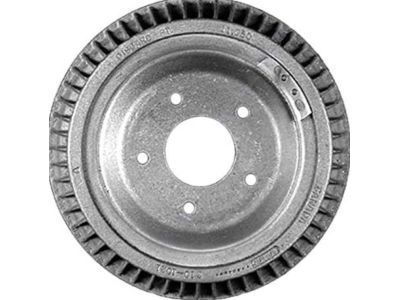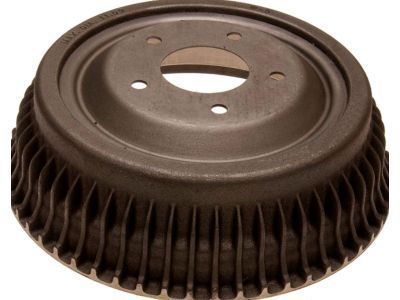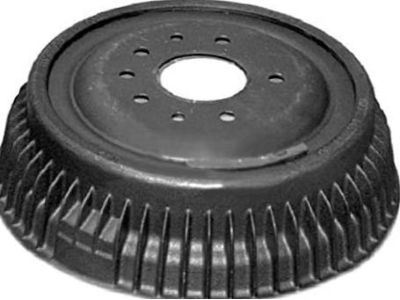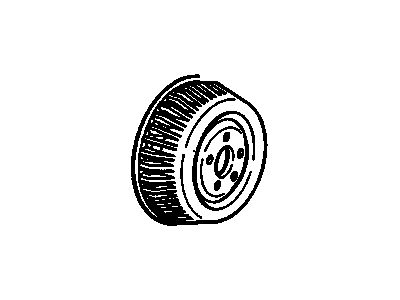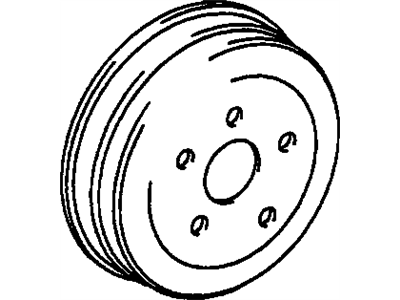
My Garage
My Account
Cart
Genuine Chevrolet El Camino Brake Drum
- Select Vehicle by Model
- Select Vehicle by VIN
Select Vehicle by Model
orMake
Model
Year
Select Vehicle by VIN
For the most accurate results, select vehicle by your VIN (Vehicle Identification Number).
2 Brake Drums found
Chevrolet El Camino Drum Assembly, Rear Brake
Part Number: 1244646$41.03 MSRP: $76.91You Save: $35.88 (47%)
Chevrolet El Camino Brake Drum
Chevrolet El Camino: Brake Drum is one of the vital components in the braking system especially the rear drum brake equipped Chevrolet El Caminos. Its main purpose is to control or halt the vehicle by creating friction by the brake shoes on the inner periphery of Brake Drum. Manufactured from cast iron that is specifically suited for vehicular production the Brake Drum is made with both thermal conductivity, and durability in mind when the part is in operation. Being in direct contact with the wheel and axle, application of brake pressure make the brake lining press radially against the Brake Drum thereby providing the needed friction in slowing down the Chevrolet El Camino. Though the overview does not outline various types or models of Brake Drum used on different models of El Camino, the principle stays the same- the primary components of the Brake Drum are designed to address the issues of heat and friction in order to improve vehicle's braking ability.
Each OEM Chevrolet El Camino Brake Drum we offer is competitively priced and comes with the assurance of the manufacturer's warranty for the part. Furthermore, we guarantee the speedy delivery of your orders right to your doorstep. Our hassle-free return policy is also in place for your peace of mind.
Chevrolet El Camino Brake Drum Parts Questions & Experts Answers
- Q: How to inspect and renovate Brake Disc and Brake Drum on Chevrolet El Camino?A:Whenever the disc Brake Pads are inspected for wear, it is important to also check the condition of the disc (rotor) surfaces. Light scoring or grooving is normal, but deep grooves or severe erosion are not acceptable. Models from 1974 and earlier feature a single deep groove known as a 'squeal' groove, which should not be mistaken for damage. If vibration occurs during brake pedal application, disc runout may be the cause. To check for this, a dial gauge or feeler blades can be used between the disc and a fixed point, ensuring that the runout does not exceed 0.004 inches. Variations in disc thickness greater than 0.0005 inches can also lead to vibration during braking. Discs typically have wear limit and refinish thickness dimensions cast into them, and if a dealer cannot refinish a disc to meet specified tolerances, a new disc must be installed. When a brake drum is removed for lining inspection, it should be checked for cracks, scoring, or being out of round. An out-of-round drum can cause a pulsating feeling in the brake pedal during application, and the internal diameter should be measured at various points using an internal micrometer. Drums can be refinished internally as long as the wear and refinish sizes cast into them are not exceeded.
